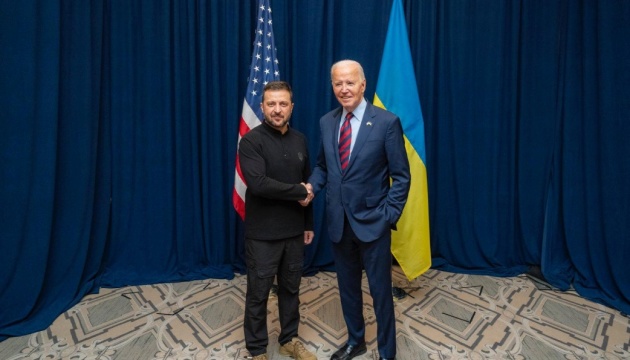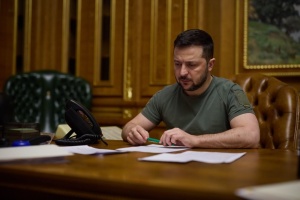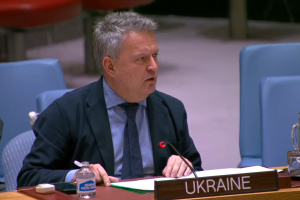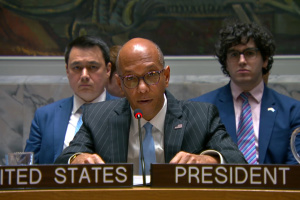
Explaining complex things in simple words: Zelensky’s visit to U.S., Russian nuclear blackmail, harbingers of aggression
PRESIDENT’S VISIT TO THE UNITED STATES
On September 26, Volodymyr Zelensky met with U.S. President Joe Biden and Vice President Kamala Harris. Republican candidate Donald Trump also announced the planned meeting.
Biden and Harris assured that the United States will provide Ukraine with all the support necessary for victory. The decision to increase security aid was announced: the new aid package will amount to $7.9 billion.
The remaining funds for the security support of Ukraine will be allocated until the end of Joe Biden's presidential term (January 20, 2025).
Volodymyr Zelensky emphasized that it is very important for Ukraine to work in full coordination with the U.S. And a just peace can be closer only with the United States.
Ukraine is counting on comprehensive bipartisan support and aid from both Democrats and Republicans.
RUSSIAN NUCLEAR BLACKMAIL
On September 25, Russian dictator Putin has announced changes to the Russian nuclear doctrine.
Moscow is trying to introduce the right to use nuclear weapons against non-nuclear states that allegedly act “with the participation or support of a nuclear state,” as well as in the case of “aggression” against Belarus.
This is another increase in the stakes in nuclear blackmail, which Moscow systematically engages in. The goal of the Russian Federation is to intimidate Ukraine's partners and force them to limit aid to Kyiv.
In addition, this is a desperate attempt to prevent the granting of permission to Ukraine for the use of Western long-range missiles on the territory of the Russian Federation. After all, granting such permission will significantly expand the capabilities of the Defense Forces of Ukraine and further complicate the situation for the aggressor.
Russia has no other tools to intimidate the world except nuclear blackmail.
German Defense Minister Boris Pistorius urged not to be afraid of Putin's threats but to “do what, we think, is right.”
The European Union has already resolutely rejected these threats by Putin and stated that the EU's position regarding continued support for Ukraine will remain unchanged.
HARBINGERS OF AGGRESSION
On September 29, 2003, Russia began the illegal construction of a dam toward the Ukrainian island of Tuzla, located in the Kerch Strait. This was the first attempt at a hybrid seizure of the sovereign territory of Ukraine by Russia.
Under the condition of capturing Tuzla, Russia would claim control over the navigable part of the Kerch Strait, which is in the territorial waters of Ukraine.
Moscow's defiant behavior indicated that the conflict was deliberately provoked. The Putin regime was already testing the readiness of Ukrainians to defend their land. This was even before all the Ukrainian revolutions, which the Kremlin usually refers to as “casus belli”.
Russia understands only strength, and the history with Tuzla proved that. Construction of the dam stopped shortly after Ukraine conducted demonstration military exercises on the Kerch Peninsula.
After 2003, Russia did not abandon its aggressive plans for Ukraine.
The Kremlin was simply waiting for the moment when Ukraine would become most vulnerable to attack. And it happened in 2014.
In the conditions of the neighborhood with Russia, the most reliable guarantee of preserving the sovereignty and territorial integrity of Ukraine is the high defense capability of the country, as well as the system of collective security and international support.




